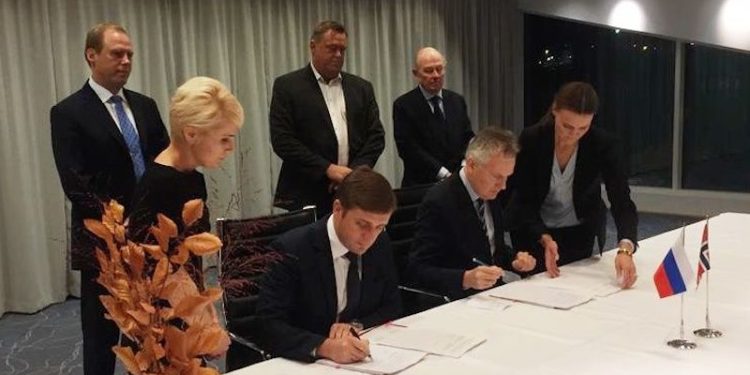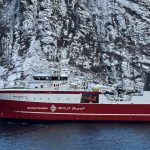Russia and Norway have between them decided on a 725,000 tonne quota for north-eastern Arctic cod for 2019. The quota is divided between Russia, Norway and third countries with fishing rights in the region.
The division gives Norway 328,697 tonnes of cod and Russia’s quota is 317,700 tonnes. The 725,000 overall quota is a reduction of 6% compared to 2018, instead of the 13% recommended by ICES. The 172,000 tonne haddock quota is reduced by 15% compared to last year and divided with 85,080 tonnes for Norway and 76,100 for the Russian fleet. The Greenland halibut quota remains unchanged at 27,000 tonnes. The quota for redfish is set at 53,757 tonnes, a 21,099 tonne increase on last year and the largest redfish quota since 1985.
There is no Barents Sea quota for capelin other than for research purposes in 2019.
‘We are pleased that we have reached an agreement and note that there is a moderate decline for cod and haddock, which was also expected,’ said Johnny Berfjord f Norwegian vessel operators’ federation Fiskebåt, adding that they regret that there is no longer joint management between Norway and Russia for snow crab.
Norway’s minister of fisheries is also satisfied with the result of the negotiations.
‘After another round of constructive fisheries negotiations with Russia, I am pleased that we have reached an agreement for 2019 that will enable us to sustainability exploit our shared fisheries resources in the Barents Sea, commented fisheries minister Harald T. Nesvik.
Both parties to the agreement, which has been negotiated between Russia and Norway since 1975, noted the absence of illegal fishing in the Norwegian and Barents Seas.
‘The results of the work we have done has led to the steady status of marine resources and the suppression of the illegal fishing, which makes it possible to further develop sustainable fishing activities. I hope that that work will continue,’ said Russian fisheries minister Ilya Shestakov.









